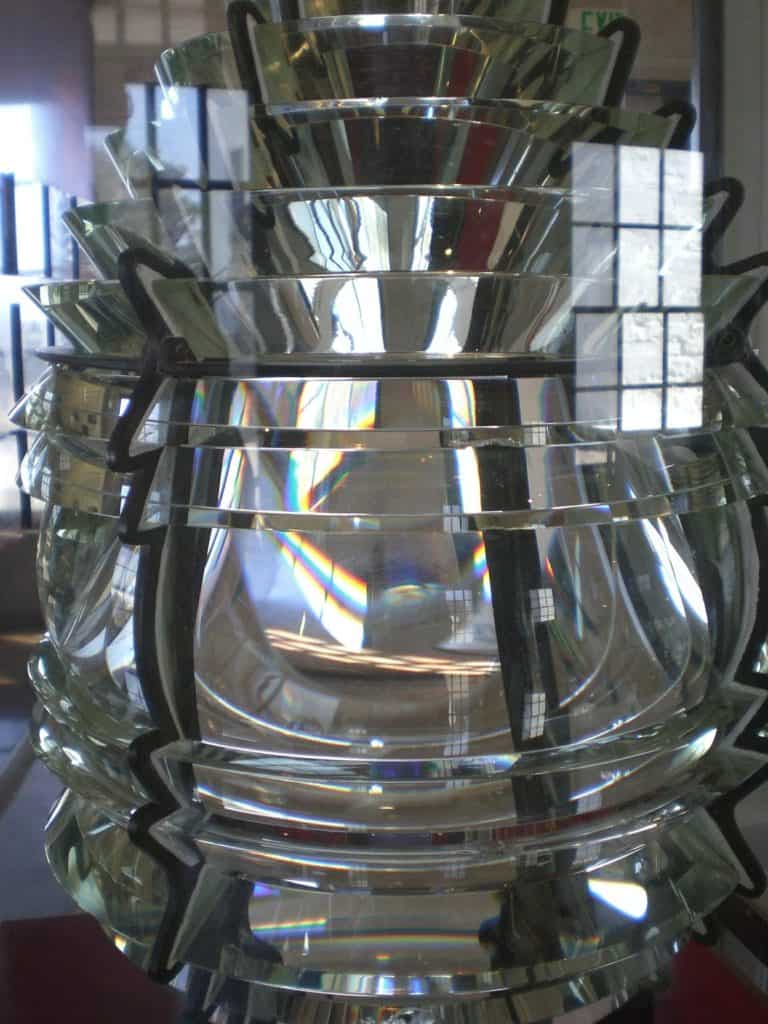
Today I want to talk about focus. Specifically the importance of focus for growth stage companies. The reality is that you have limited resources- this is a constraint. You may have several, a dozen, or even more competing priorities. These represent opportunities, but they also represent distractions.
The TL;DR
Here’s the TL;DR-> If you try to work across all the opportunities at the same time, none of them will produce value within a meaningful timeframe, if ever. If you constantly re-prioritize and change, I can almost guarantee you that not only will you not get results, but your team will experience burn out. Instead, you have to focus on the few, or perhaps even the one, that really and truly matters to advancing the business.
The Fresnel lens
In my role as an advisor and consultant to executive leadership, I sometimes relate to the idea of being a Fresnel lens. The Fresnel lens is a unique innovation that allows the otherwise relatively weak and dispersed light emitted by a lighthouse to become focused into a guiding beam of light that is visible over a great distance in an effective and feasible manner. This is the key – creating focus and a guiding light from the sea of possibilities without a crushing burden of weight or cost.
A lens for choosing
Every leadership teams needs such a lens as it create the ability to makes choices among the competing priorities and distractions. The secret to this is that the lens focuses but still allows movement so you don’t end up sacrificing real opportunity to blinders. It’s one thing to have laser like focus, and quite another to be blind to the possibilities and changes occurring in a dynamic and quickly evolving market.
Visibility
When you create a focus that is bright and visible, it also provides a clear and consistent message and set of priorities out to the enterprise. This is expected. But it also creates visibility into the enterprise. Focus provides two-way visibility. Much like a lighthouse keeper can see a ship wandering too close to the rocks in the beam casting out over the waters, with focus and clear objectives, the executive team will also be able to quickly identify any aspect of the business that is not where it needs to be.
Automation
Today, most lighthouses in the United States are automated, but many still depend on the innovative and focusing power of the Fresnel lens. Business can and should do the same, and having focus is a key component to making automation a successful investment. After all, if you’re changing the destination often, then automating won’t really help you get there. But when you have focus and know what you need to accomplish- automating everything you can around that will pay off big.
How to be a Fresnel lens
In the old Super Friends cartoons, the Wonder Twins could simply bump their rings together and say, “Wonder Twin powers, activate…”, and then one of them could say, “Shape of… a Fresnel lens.” Unfortunately for us, here in the real world it’s not that easy.
So how do you actually go about being a Fresnel lens and creating the type of focus that generates successful outcomes? It starts with the business objectives. Here are a few of the questions I ask executive teams when I sit down with them:
- What is the overall thing that you are trying to deliver in the market?
- What does the business need to accomplish in the next 6 (or sometimes 3) months to make progress on that? This could be anything from generate sales to stay in business to a major product release.
- What are all the potential initiatives that are competing for attention? Then, how do these contribute to what you need to accomplish in the next few months? I like to create a matrix or Venn diagram to show how these relate so priorities become more obvious.
Ultimately, the power of the Fresnel lens is in creating the ability to say, “No”, or “Not right now” to all the possibilities that are distractions so that the the things which clearly create progress to the needed outcomes can become the focus. Once you have focus, you need to execute. But that’s a topic for another day.